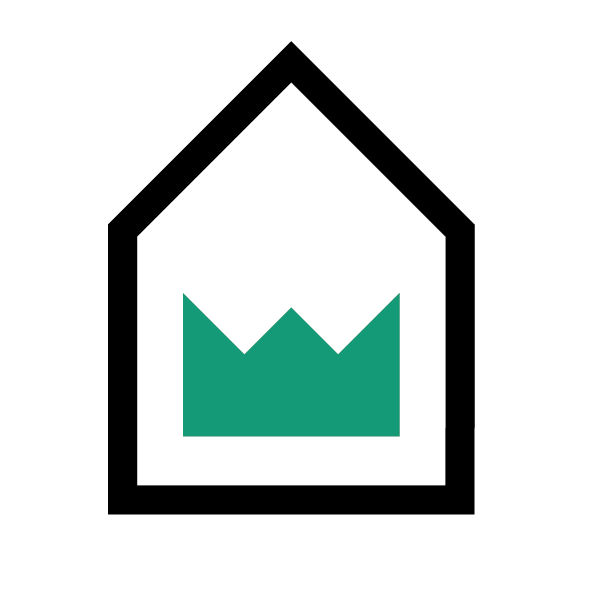Eyes on the Future of Design
(to listen to my original discussion with The Young Architect, Mike Riscica, please go here.)
Hi! Ace here.
I sat down and had an excellent chat with Mike Riscica, the Young Architect, a few weeks back on his podcast to discuss my background and how I got into architecture and became an Architect. I find the title given to the episode, Eyes on the Future, unexpected as I felt like a lot of the discussion was steeped in my reflection on my past and not necessarily as forward thinking as he gives me credit for. That said, in starting my own practice there are things that I am keeping squarely in mind with every House Cosmopolitan project as my eyes are on the future, and most of those things are focused on combating the climate crisis. In talking about creating much more sustainably and to combat the climate crisis, I believe that over the next decade we have to think about three important points:
The energy expended to make the materials we use
The amount of energy a space uses in a year
The useful lifespan of a building
image via Unsplash
Designing with Less Energy
“Embodied energy” is a phrase that is used to describe the amount of energy it takes to produce a specific material. For example, the creation of concrete accounts for 9% of global greenhouse gas emissions. What this means is in the future we need to significantly reduce our use of concrete and shift towards more wood products like cross-laminated timber (CLT). In places like Seattle where most of our carbon emissions in a building come from the materials used, the shift away from high embodied energy materials is even more critical. Luckily there is work being done to track this information like the Embodied Carbon in Construction Calculator (EC3) being developed by the Carbon Leadership Forum.
Designing For Less Energy Use
In 2017 nearly 30% of CO2 emissions were directly tied to the operations and maintenance of the buildings we use. Reducing energy usage in buildings is not only better for the environment (less oil/gas/coal usage), it also means reducing utility bills for those that typically need the relief most. Personally, I am focused on Passive House design, which is a sustainability certification and set of principles that can reduce the energy used in a building by up to 90%. I believe it’s the major step we need to take to (ideally) get to net-zero building, which means a building that produces as much energy as it uses. I am fortunate being based in Seattle that the majority of our energy comes from renewable hydro, which makes these kinds of changes a bit less critical from a sustainability standpoint, but that is not the case for every context that HC designs in.
image via Unsplash
Designing to Last
What is the most sustainable building you can design? One that already exists. In that same vein, something that existed in the past but is less common now is creating buildings to last for multiple generations. It is helpful to design a building to be as sustainable as possible, but if it is simply going to be razed in 20 years for something new, is it really that environmentally friendly? I am in the firm camp of believing that everything we should be building from now on should—ideally—have a life span of 100 years. Discussions surrounding all design and planning decisions happening in any built context need to be much more forward thinking than what is currently happening to truly encapsulate this goal.
Oddly enough, in a sense we need to design buildings like we’re in the late 1800s with 21st century aesthetics and most importantly for 21st century communities. House Cosmopolitan recognizes the need for sustainable solutions and understands that true sustainability is only achieved when spaces are designed with disadvantaged communities and not for them. We look forward to achieving this kind of sustainability in our new projects starting in the new year.


